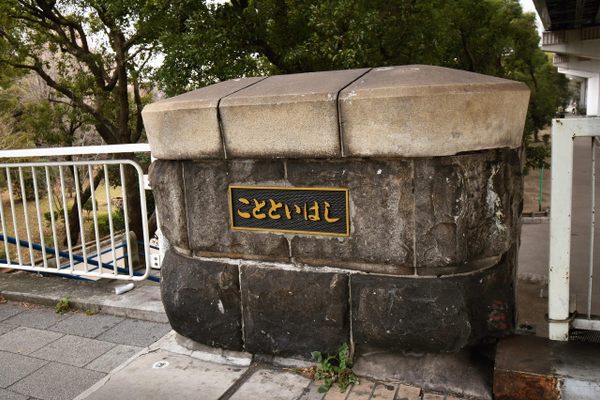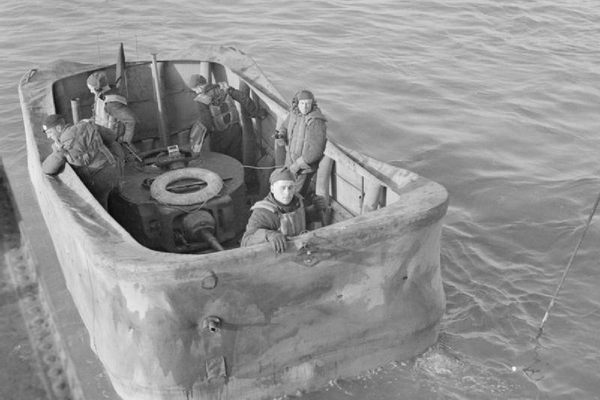About
Kototoi Bridge, or Kototoibashi as it is known in Japanese, is a cantilever bridge across the Sumida River in Tokyo. It connects the ever-popular Asakusa with the Mukojima district. The bridge was completed in 1928, constructed on the site of the Edo-period ferry crossing point called, Takeya-no-Watashi.
On March 10, 1945, United States bombers attacked Tokyo utilizing napalm. Around 100,000 civilians were killed and many of the downtown districts were incinerated. It was here on Kokotoi Bridge that one of the most tragic events of the bombing campaign occurred.
As fires raged in Asakusa, people rushed to the bridge in panic, believing they would survive the bombings if they got to the other side of the Sumida River. However, the residents of Mukojima had the same idea, and thousands of people became deadlocked on the bridge, unable to move. Many took refuge under the bridge, but this also proved deadly. Countless citizens drowned, suffocated, or were burned to death as the napalm laced river caught fire.
Parts of the bridge’s balustrades were removed, preserved, and are now on display in nearby Sumida Park and in the Edo-Tokyo Museum in the Ryogoku district. Despite occurring more than 70 years ago, if you look carefully at the newel stones on the bridge, you may see spots blackened by burnt fat and blood. A subtle, yet utterly brutal reminder of the horrors of war.
Related Tags
Hidden Japan: Sado Island, Nara & Kyoto
Explore a different side of Japan.
Book NowPublished
January 31, 2020




























